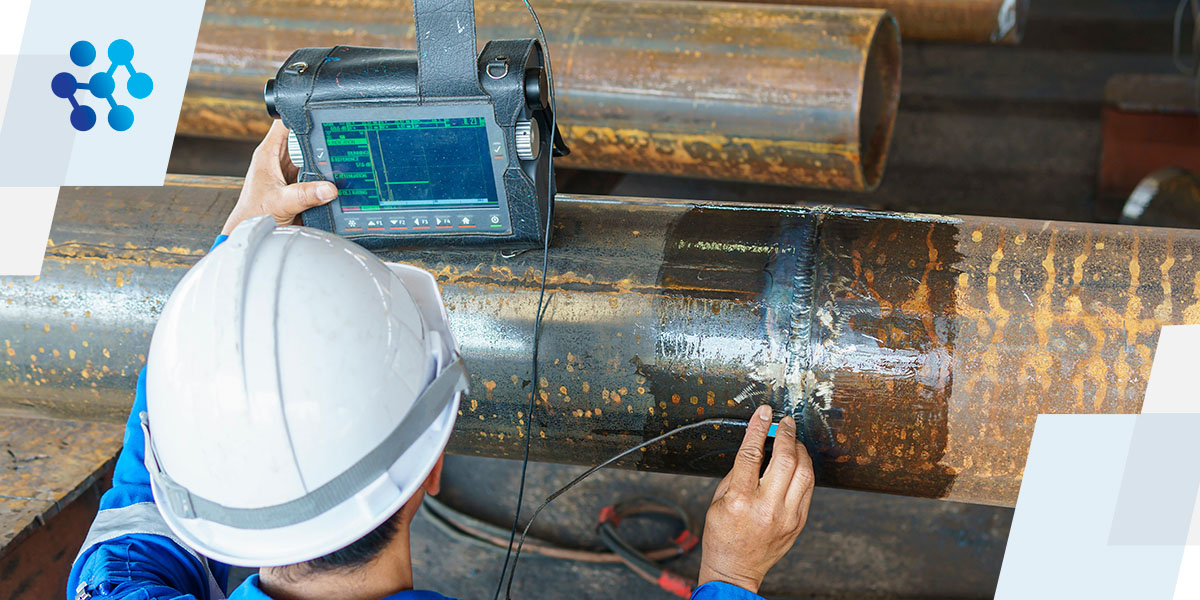Tank Welding Inspection: Ensuring Long-Term Longevity and Security
Tank Welding Inspection: Ensuring Long-Term Longevity and Security
Blog Article
The Vital Duty of Container Welding Evaluation in Ensuring Structural Honesty and Safety And Security Compliance in Industrial Applications
In the realm of commercial applications, container welding examination emerges as a critical component in guarding structural integrity and ensuring compliance with safety policies. Using a mix of strategies such as aesthetic assessments and advanced screening methods, these evaluations serve to determine and reduce potential imperfections before they escalate into significant hazards.
Importance of Storage Tank Welding Inspection

Ensuring compliance with market criteria and policies is one more considerable facet of tank welding examination. Governing bodies mandate strict standards for the building and maintenance of storage tanks, and thorough evaluations aid organizations follow these demands. Non-compliance can result in severe penalties, consisting of fines and shutdowns, further emphasizing the need for extensive examination protocols.
Additionally, tank welding evaluation plays a vital role in keeping operational efficiency. In summary, the relevance of tank welding evaluation exists in its ability to guard public health and wellness, protect the environment, and make certain compliance with regulatory frameworks.
Secret Inspection Strategies
Efficient tank welding assessment depends on a range of crucial techniques that make certain comprehensive assessment of weld high quality and architectural integrity. Amongst one of the most widespread methods are visual examination, ultrasonic testing, radiographic testing, and magnetic bit screening - Tank Welding Inspection. Each method provides unique benefits in examining different facets of the weld
Aesthetic inspection offers as the very first line of defense, enabling examiners to identify surface area defects, irregularities, or variances in the weld grain. Ultrasonic screening uses high-frequency sound waves to identify interior defects, such as cracks or spaces, offering an extensive evaluation of weld honesty. This technique is specifically reliable in detecting issues that might not be visible externally.
Radiographic testing uses X-rays or gamma rays to create photos of the welds, exposing interior gaps and offering a permanent document for future reference. This method is very efficient for essential applications where the risk of failing should be decreased.
Lastly, magnetic bit testing is utilized to identify surface area and near-surface problems in ferromagnetic materials. By using electromagnetic fields and fine iron particles, inspectors can identify stoppages that might endanger the architectural stability of the container. Together, these methods create a robust framework for guaranteeing high-quality welds in commercial applications.
Conformity With Safety Criteria

Normal evaluations play a crucial role in guaranteeing compliance by recognizing potential failures or discrepancies from prescribed standards. Inspectors are educated to review weld quality, confirm product specs, and analyze the overall structural stability of storage tanks. Their experience is vital in making sure that welding procedures meet the needed safety criteria.
Furthermore, conformity with safety requirements not just secures employees yet also safeguards the atmosphere from prospective dangers such as leaks or tragic failures. Organizations that prioritize safety and security compliance are better placed to mitigate dangers, enhance functional effectiveness, and cultivate a society of security within their workforce. In recap, maintaining rigorous compliance with safety requirements is essential for the successful operation of tank welding tasks in industrial settings.
Advantages of Normal Assessments
Regular evaluations are integral to preserving the structural honesty and safety of bonded containers. These inspections supply a methodical technique to identifying potential problems or weak points in the welds, making certain that any type of concerns are resolved prior to they escalate into considerable failures. By conducting regular assessments, organizations can identify deterioration, fatigue, and various other forms of degeneration that may compromise container efficiency.
Moreover, consistent examinations add to compliance with sector guidelines and criteria. Complying with these standards not just alleviates legal dangers yet additionally enhances the organization's online reputation for safety and integrity. Routine evaluations foster an aggressive security society, motivating employees to recognize and prioritize the value of devices stability.

Situation Studies and Real-World Applications
Instance researches and real-world applications show the concrete impact of reliable storage tank welding evaluation practices. Adhering to the implementation of extensive welding examination methods, including visual and ultrasonic screening, the facility identified vital problems in weld joints that might have led to tragic failures.
Similarly, a water treatment plant carried out a thorough examination program have a peek here for its container welding operations - Tank Welding Inspection. By including non-destructive screening techniques, the plant was able to find very early signs of corrosion and tiredness in weld joints. This timely intervention extended the lifespan of the storage tanks and guaranteed compliance with safety and security laws, hence securing public health
These case researches underscore the significance of regular and methodical tank welding evaluations. By focusing on these techniques, industries can mitigate dangers, boost structural honesty, and make certain conformity with security requirements, ultimately leading to boosted operational effectiveness and reduced additional reading liabilities.

Final Thought
In final thought, storage tank welding assessment is a crucial component of preserving structural honesty and security in commercial applications. Utilizing numerous inspection methods ensures very early detection of prospective imperfections, therefore protecting against disastrous failures.
Report this page